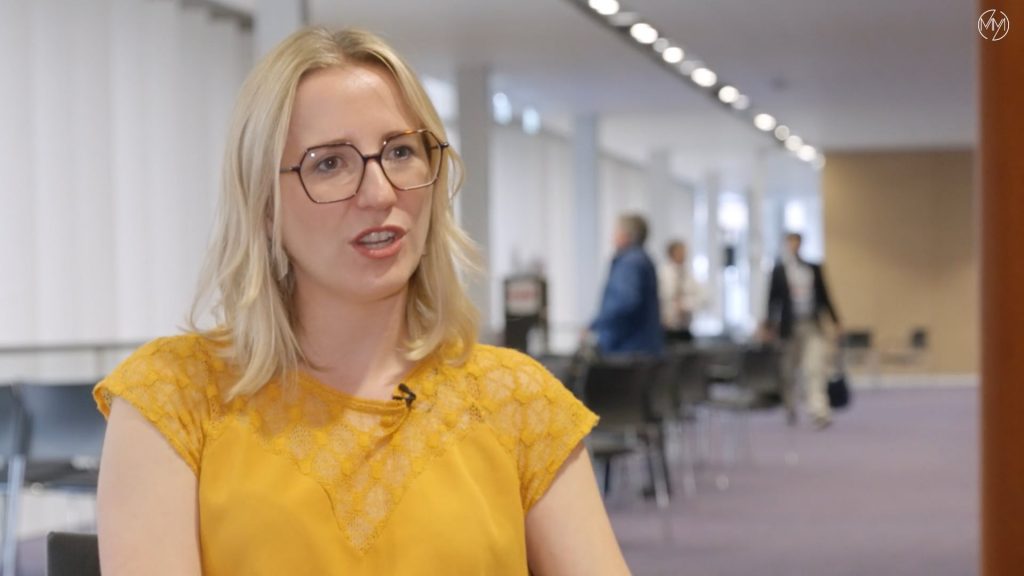Presented by Prof Dr Emily Ruiz (Brigham and Women’s Hospital & Dana Farber Cancer Institute, Boston, MA, USA)
Cutaneous squamous cell carcinoma (CSCC) is a malignant proliferation of cutaneous epithelium that accounts for 20-50% of all skin cancers. While the majority of CSCCs are successfully eradicated by surgical excision, a subset of CSCC possesses features associated with a higher likelihood of recurrence, metastasis, and death. The proper identification of these aggressive CSCCs is crucial to steer the management of these tumors after resection. During EADV 2024, Prof Dr Emily Ruiz discussed innovative strategies to do a better job in risk stratifying CSCC patients.
The traditional BWH staging for patients with CSCC looks at 4 different characteristics: the tumor diameter, histological differentiation, perineural invasion and the level of tumor invasion beyond fat.1 However, with these criteria, still about half of the poor outcomes are seen in patients with a low disease stage. To improve the staging system for these tumors, data suggest that it may be interesting to also look at the presence of lymphovascular invasion and satellitosis or in-transit metastasis. As 30% of the poor outcomes occur in patients with BWH T2 tumors, Ruiz and colleagues developed a new staging system that further separates these tumors into different risk categories, with T2a high tumors having a fourfold higher risk for a poor outcome than other T2a tumors.2 In addition to this, Prof Ruiz demonstrated that a higher number of risk factors significantly increases the risk of recurrence, metastasis and disease-related death in CSCC patients. The latter can be of particular relevance when dealing with BWH T2b tumors.
Given the heterogenous nature of CSCC it remains challenging to develop a one-size-fits-all risk classification. To overcome this, prognostic models have been developed that allow physicians to determine the risk for a poor outcome (e.g., local recurrence, metastasis and disease-specific death) in individual patients. A nice example of this consists of the riSCC system which is freely available on-line.
In a second part of her lecture, Prof Ruiz addressed the role of radiologic staging and surveillance in CSCC patients. Studies have shown that this type of imaging allows for an early identification and treatment of advanced disease, ultimately reducing the risk for a poor outcome.3 In this light, European and American guidelines recommend imaging for local invasion in patients with T2 tumors, but they don’t see a role for radiologic surveillance. For the moment, there is no established risk threshold above which radiologic surveillance is warranted. However, the previously mentioned prognostic models will likely be useful to better select those high-risk patients for whom radiologic imaging and surveillance is recommended.
References:
- Startigos A, et al. Eur J cancer 2020;128:60-82.
- Gupta N, et al. J Am Acad Dermatol 2022;86(6):1301-8.
- Ruiz E, et al. J Am Acad Dermatol 2017;76(2):217-25.
You may also be interested in:
Made possible with the financial support of our partners.
All videos are developed independently and are non-promotional.




